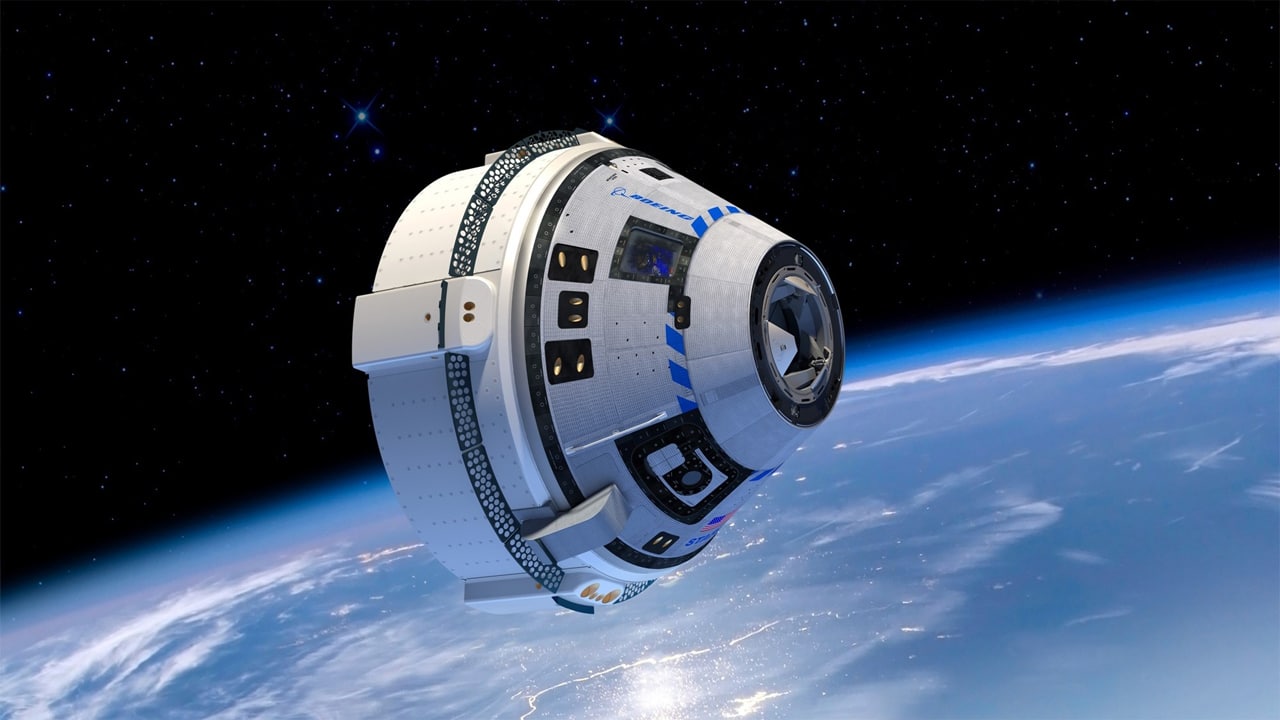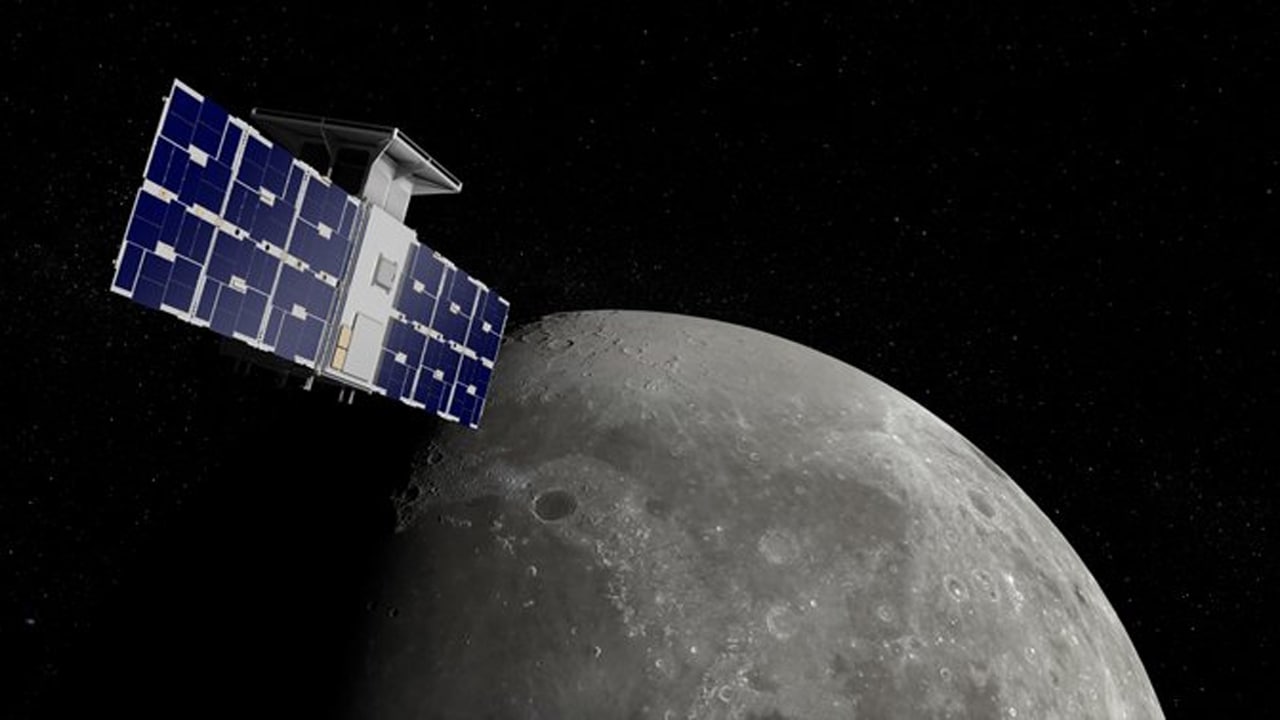NASA had previously detailed that the Perseverance probe that landed on Mars in mid-February was equipped with a system called the Mars Environmental Dynamics Analyzer.
The system is designed to collect local “weather reports” from the Perseverance rover at the location of the Jezero Crater and then send the data back to Earth.
This week, NASA has received the first Martian weather report from the Perseverance rover. NASA explained that its MEDA team launched the system for the first time on February 19 for half an hour.
Later that day, the team get the first batch of data from the system, confirming that it survived the landing on the Red Planet with the Perseverance rover.
This system weighs 10 kilograms and is equipped with many sensors that enable it to measure many atmospheric conditions and dust levels at any time, including relative humidity, pressure, wind, air temperature, radiation.
And ground temperature, regardless of the rover Whether it is asleep or not, it can wake itself up every hour to record data. NASA state that using the first batch of data from MEDA, its team compiled the first weather report from the Red Planet Jezero Crater.
At the beginning of the system measurement, the temperature of the crater was biting-20 degrees Celsius; after half an hour, the temperature dropped to-25 degrees Celsius.
The team was able to compare these data with the atmospheric information sent by the REMS system of the Curiosity rover at Gale Crater, revealing that the atmosphere at Jezero Crater was clearer.
The researchers were also able to use the system to confirm their prediction model. The atmospheric pressure measured by the system was 718 Pascals.
Although Curiosity also has a REMS weather monitoring system, NASA pointed out that Perseverance’s MEDA system has some important upgrades, including in addition to surface temperature, it can also measure temperatures at multiple altitudes, and it can also measure.
The “radiation budget” near the surface of Mars. MEDA is also more durable than REMS and will provide regular measurements in the coming years for experts to use.
 (Via)
(Via)












